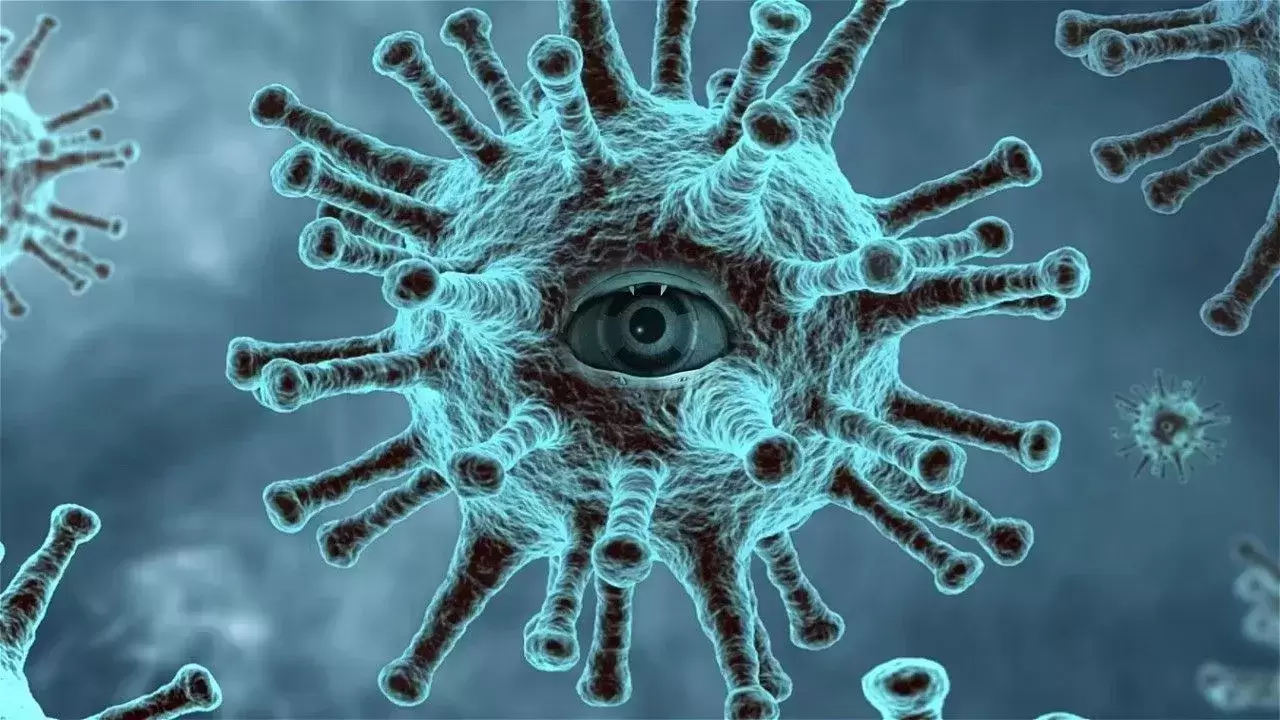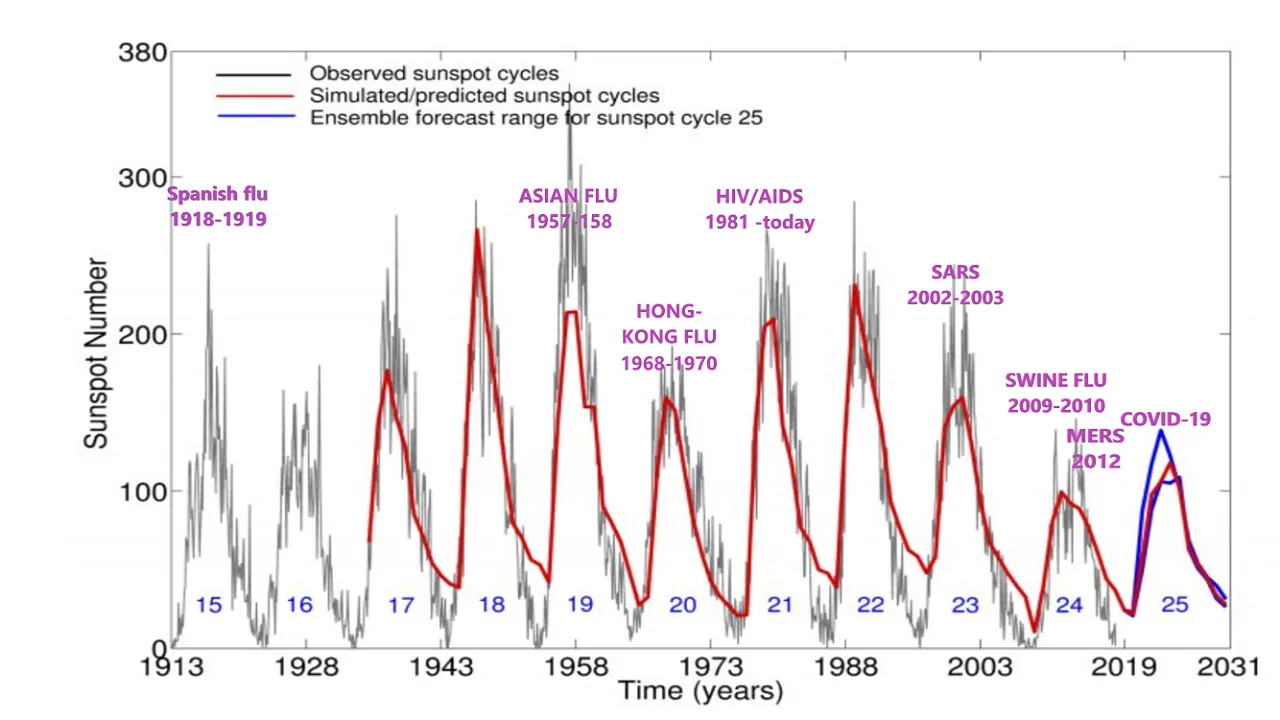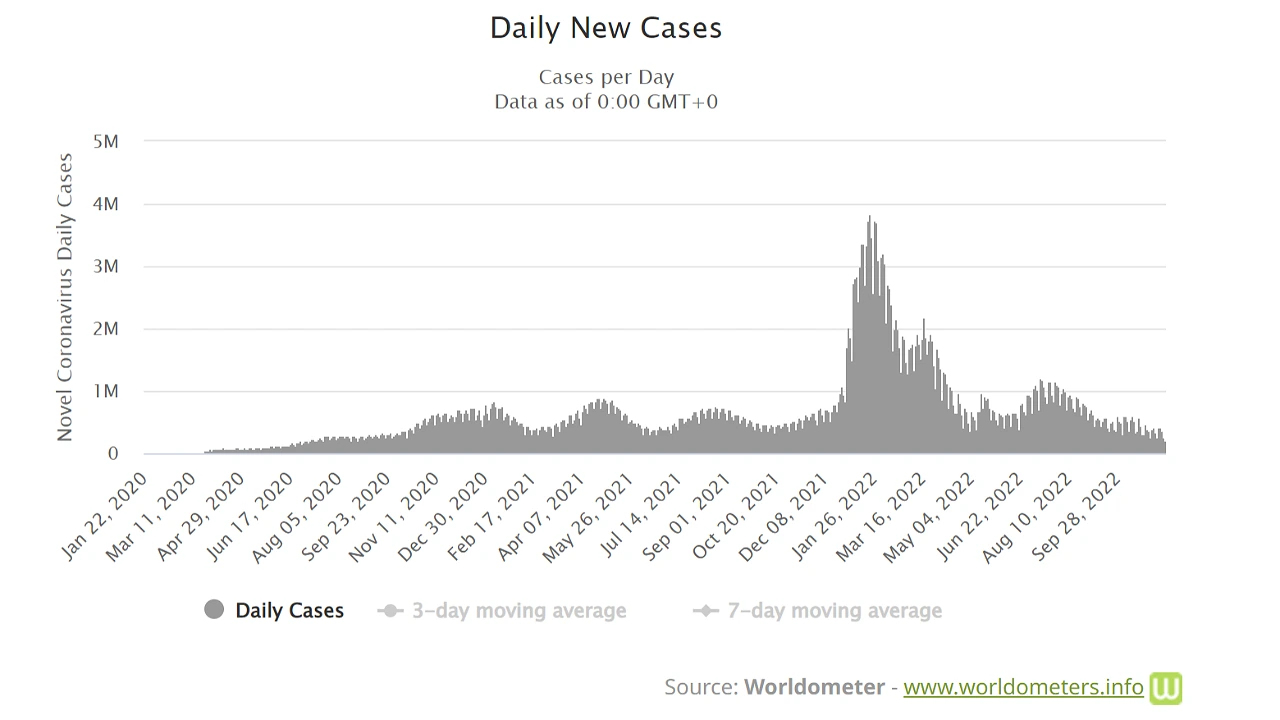
"To discover the universe's secrets, think about energy, frequency, and vibrations. (Nikola Tesla)"
Anyone who examines the waves of morbidity that characterized the entire world during the coronavirus pandemic will find them strange. There is no reason for waves of morbidity in a continuous mathematical model. A similar phenomenon was recorded in the Spanish flu a century earlier. Coincidence? Of course not.
Because viruses are relatively simple molecules with no independent, energetic function, their analysis according to the laws of thermodynamics (energy conservation) is relatively simple compared to the enormous complexity of their biochemistry. The model is presented and is readable, even without prior knowledge. Link: Viruses' Virulence and Proliferation Thermodynamic Model.
Introduction and vital highlights:
- The premise is that the host's energy is directed only to replicate viruses and does not serve to modify the viruses' genetic makeup through mutations.
- Viruses mutate, but this is an entropy mechanism and cannot be attributed to natural selection, a biological process that applies only to organisms. Link: Viruses mutate but can't be attributed to natural selection.
Virus mutations are not entirely random processes. Viruses have a built-in mechanism for generating entropy (disorder).
- The waves of infection observed during the COVID-19 pandemic and before it, such as the Spanish flu at the beginning of the 20th century, cannot be explained without considering the energetic dimension, much like shifting gears in a car.
Viruses have a built-in mechanism for entropy (disorder) that makes them more resilient, but this requires them to invest energy in modifications—an evasion tactic.
- Solar flare cycles (occurring every 11 years) influencing viral diseases is not new.
The theory and model of energy conservation I propose regarding viruses are unique and original. Link: Sunspot Cycle and Human Health | Solar flare (Wikipedia)
Solar flare cycles lasting over a hundred years are thought to explain the outbreak of most viral pandemics.
During the World Wars, no significant viral outbreaks were recorded.

The idea that solar flare cycles occur every 11 years and affect viral diseases is not entirely new.
Link: Sunspot Cycle and Human Health
The theory and model of energy conservation I propose regarding viruses are unique and original.
- By analogy, similar to humans who absorb solar energy—ultraviolet radiation (electromagnetic radiation)—to build vitamin D and also for energetic charging (which has a positive effect on our bodies), viruses can absorb solar radiation energies (electromagnetic radiation) at specific frequencies to create new mutations aimed at increasing their ability to infect.
Except for the Ebola virus (1976) and COVID-19, all other viral epidemic outbreaks lasting over 100 years occurred near the peaks of solar flares.
- Imagine a deadly viral disease like the Ebola virus, with a contagious ability like COVID-19 - the world would collapse! According to the model I present here for the first time, such a situation is unlikely.
COVID-19 daily new cases worldwide. (November 2022)

The phenomenon of waves of coronavirus morbidity was very pronounced.
- Records of the Spanish flu from 1918 reveal a similar phenomenon of waves of infection. The most common mathematical models for predicting the spread of viral epidemics, such as the SIR model, do not produce a wave phenomenon. The explanation for the wave phenomenon is taken from the world of physics. A respiratory virus, such as COVID-19, exhibits a high frequency of waves, which is necessary to maintain a rapid infection rate. High frequency requires a short wavelength, which carries a lot of energy! It explains why the COVID-19 virus was not very virulent to begin with. Over three years, its violence decreased, not by chance.
If we examine other viruses in large numbers, we will detect the same wave phenomenon in a different format.
- If we take HIV (AIDS), its virulence decreases slightly but slowly. The explanation for this lies in its long wavelength. (Low frequency carries low energy, requiring a slow renunciation of violence.) The analysis I am currently performing is relatively simplistic. Still, it will introduce a new dimension to understanding viruses from an unfamiliar angle—energy conservation laws and thermodynamics.
Continue reading Viruses' Virulence and Proliferation Thermodynamic Model.

